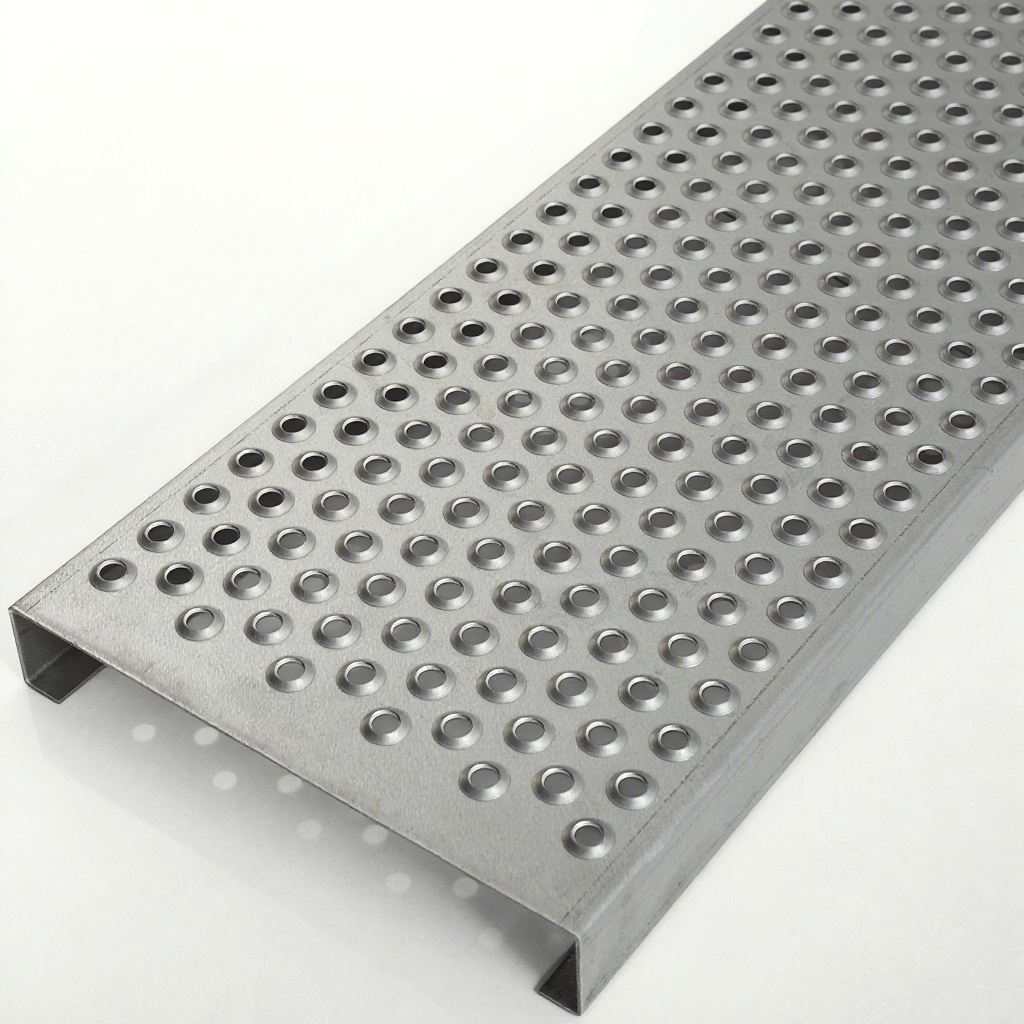The Versatility of Perforated Metal Sheets in Architectural Applications
Perforated metal sheets are increasingly popular in the construction and decorative materials industry, particularly for their unique functionality and versatility. These sheets are made by puncturing a solid metal sheet with holes in specified patterns, allowing for various applications in architectural design and construction. Here, we’ll explore the features, benefits, and applications of perfo
Oct 26,2025
Perforated metal sheets are increasingly popular in the construction and decorative materials industry, particularly for their unique functionality and versatility. These sheets are made by puncturing a solid metal sheet with holes in specified patterns, allowing for various applications in architectural design and construction. Here, we’ll explore the features, benefits, and applications of perforated metal sheets, particularly in the context of companies that specialize in producing these materials.
One of the primary advantages of perforated metal sheets is their ability to combine functionality with aesthetic appeal. The holes can be designed in numerous patterns and sizes, enabling architects and designers to create visually striking facades and interior elements. These patterns can serve practical functions, such as allowing airflow, light penetration, and even sound attenuation. For instance, in commercial buildings, perforated sheets can be used as sunshades to reduce glare while maintaining natural light, enhancing energy efficiency.
Furthermore, perforated metal sheets are highly durable and versatile, making them suitable for a variety of environments. They can be constructed from different types of metals, including aluminum, stainless steel, and carbon steel, providing options for both strength and weight considerations. This adaptability allows them to be used in various construction projects, from residential buildings to large-scale industrial applications.
In terms of sustainability, perforated metal sheets can contribute to eco-friendly building practices. Their design often allows for reduced material usage while maintaining structural integrity, which can lead to lower overall resource consumption. Additionally, because they can facilitate natural ventilation, buildings using perforated metals can reduce reliance on artificial heating and cooling systems, further promoting energy efficiency.
Companies specializing in perforated metal sheets often provide customized solutions tailored to specific project requirements. This customization can include bespoke hole patterns, thickness variations, and finishes that align with a project's design vision. By collaborating with architects and designers, these companies ensure that the final product aligns perfectly with the intended aesthetic and functional objectives.
Moreover, the maintenance of perforated metal sheets is relatively straightforward. Depending on the chosen material and finish, they can resist corrosion and require minimal upkeep, making them a practical choice for both interior and exterior applications.
In summary, perforated metal sheets serve as an essential component in modern architectural design. Their unique combination of aesthetic flexibility, durability, and functionality makes them ideal for various applications, ranging from decorative facades to practical building solutions. Companies that manufacture perforated metal sheets play a crucial role in providing the industry with innovative materials that not only meet but exceed contemporary architectural needs. By understanding the benefits and potential uses of perforated metal sheets, stakeholders in the construction and design sectors can make informed decisions that enhance their projects' overall impact.
One of the primary advantages of perforated metal sheets is their ability to combine functionality with aesthetic appeal. The holes can be designed in numerous patterns and sizes, enabling architects and designers to create visually striking facades and interior elements. These patterns can serve practical functions, such as allowing airflow, light penetration, and even sound attenuation. For instance, in commercial buildings, perforated sheets can be used as sunshades to reduce glare while maintaining natural light, enhancing energy efficiency.
Furthermore, perforated metal sheets are highly durable and versatile, making them suitable for a variety of environments. They can be constructed from different types of metals, including aluminum, stainless steel, and carbon steel, providing options for both strength and weight considerations. This adaptability allows them to be used in various construction projects, from residential buildings to large-scale industrial applications.
In terms of sustainability, perforated metal sheets can contribute to eco-friendly building practices. Their design often allows for reduced material usage while maintaining structural integrity, which can lead to lower overall resource consumption. Additionally, because they can facilitate natural ventilation, buildings using perforated metals can reduce reliance on artificial heating and cooling systems, further promoting energy efficiency.
Companies specializing in perforated metal sheets often provide customized solutions tailored to specific project requirements. This customization can include bespoke hole patterns, thickness variations, and finishes that align with a project's design vision. By collaborating with architects and designers, these companies ensure that the final product aligns perfectly with the intended aesthetic and functional objectives.
Moreover, the maintenance of perforated metal sheets is relatively straightforward. Depending on the chosen material and finish, they can resist corrosion and require minimal upkeep, making them a practical choice for both interior and exterior applications.
In summary, perforated metal sheets serve as an essential component in modern architectural design. Their unique combination of aesthetic flexibility, durability, and functionality makes them ideal for various applications, ranging from decorative facades to practical building solutions. Companies that manufacture perforated metal sheets play a crucial role in providing the industry with innovative materials that not only meet but exceed contemporary architectural needs. By understanding the benefits and potential uses of perforated metal sheets, stakeholders in the construction and design sectors can make informed decisions that enhance their projects' overall impact.









